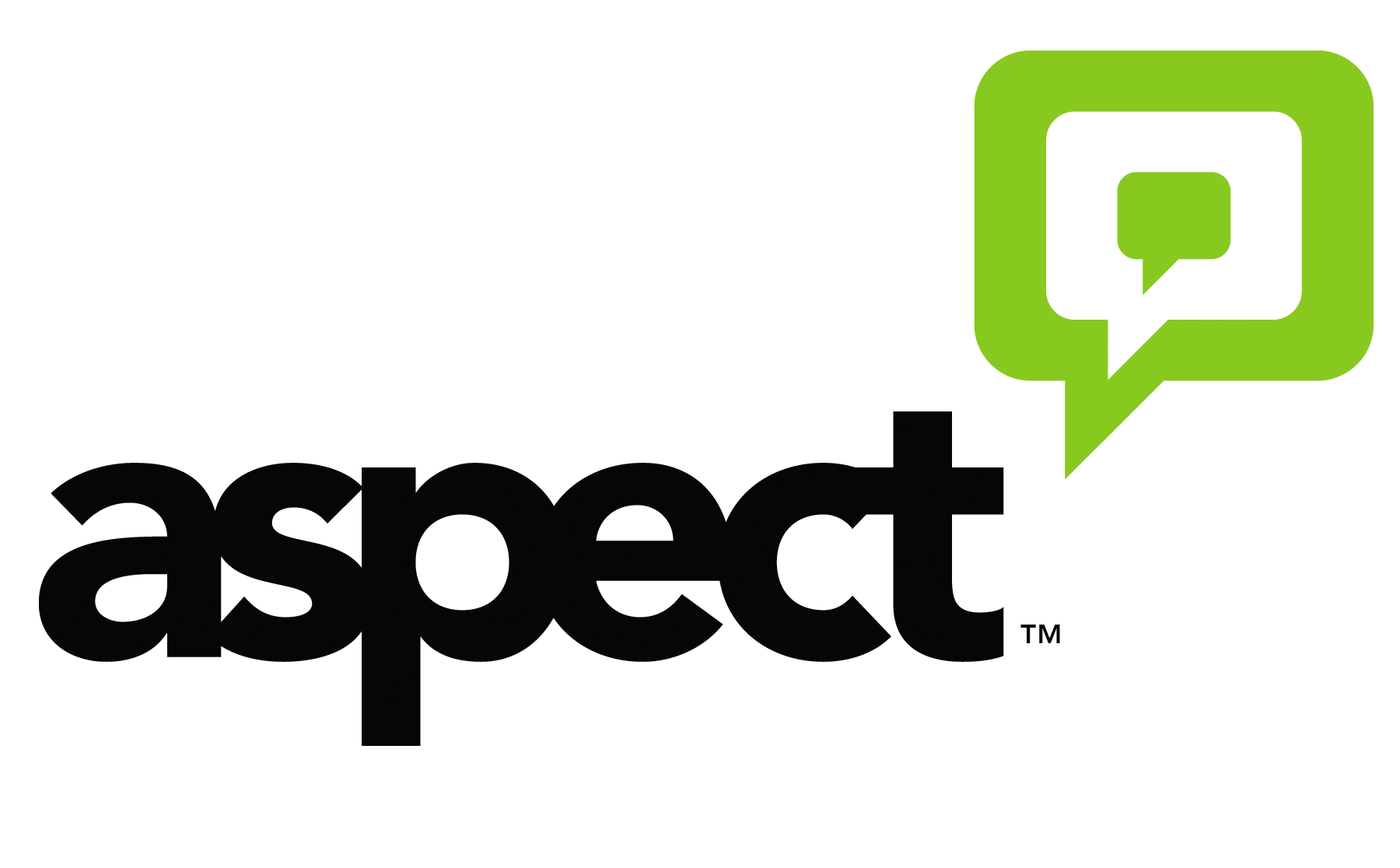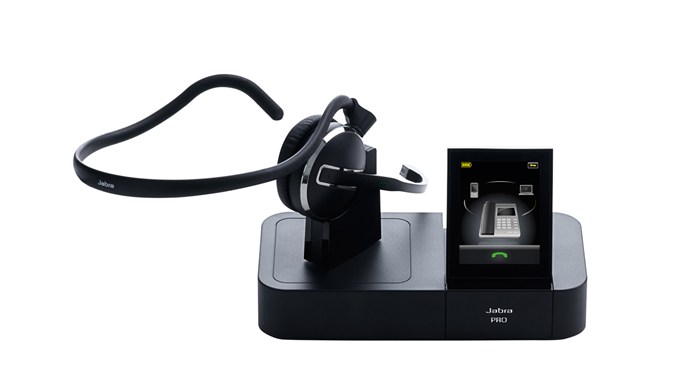Companies need to quickly address the customer engagement preferences of the Millennial demographic or risk going out of business. Millennials are born after 1980 and the first generation to come of age in the new millennium.
A study released by Aspect Software found that Millennials say that their customer service expectations have increased over the last three years, more than half have stopped doing business with at least one company because of poor customer service in the past year.
Nearly 3 out of 4 consumers prefer to solve their customer service issues on their own, setting the stage for big changes in the consumer experience landscape.
Sixty-five percent of all consumers and 69 percent of Millennials say that they feel good about themselves and the company they are doing business with when they resolve a problem without talking to customer service.
The study also revealed that customer experience is increasingly defined by customer service as 76% of respondents view customer service as a “true test” of how much a company values them.
“It’s imperative that businesses adapt their customer service strategies to deliver an interaction strategy that addresses millennial engagement preferences,” said Jim Freeze, SVP and Chief Marketing Officer at Aspect Software.
“Aspect believes that customer service is a self-service,” said Freeze. “Customer self-service is the most compelling long-term solution for meeting customer expectations.
The omni-channel strategy
Enabling this customer self-service is an omni-channel communication system, which gives customers the ability to get support through any channels, whether it is voice, online, social, mobile, and email.
The omni-channel approach, however, should not focused only on the technology behind it, but has to deal more on servicing customers especially now that they expect more personalized service across all channels.
“Omni-channel communication is driven by our customers. They want to do things when they want it, where they want it. We want to address this,” said Alfred Lallana Jr., Country Sales Manager at Aspect Software Philippines.” “We cannot limit them into saying that if you want service, you just call us. What if I don’t want to call, and want to transact through email or chat, you should open these channels for them, otherwise you will lose business.’
Lallana added that Aspect developed omni-channel solutions to help enterprises adapt to the changing demands of consumers in order to retain their business.
In implementing a successful omni-channel strategy, Lallana said there are no skills needed but more of a consultation to look at the depth and breadth of the business of an enterprise, and at customized as well as personalized solutions for their existing customers.
With regards trainings needed by the enterprise or the client to maintain their systems, Lallana said these don’t really need highly specialized skills.
“It is better for these enterprises to understand the demands and needs of their customers. We will help them fill that out,” noted Lallana.
User acceptance
Lallana also pointed out that the only challenge contact centers or their customers encounter when transitioning into an omni-channel strategy is actually making users accept the new channels.
“Traditionally, contact centers, like banks, have Interactive Voice Response (IVR) that when you call on their phone banking, someone will answer ‘thank you for calling’, while the bank enters your account number and then you go to a series of menu, press 1, press 2, and press 3, and so on,” described Lallana regarding the traditional process.
“That would stay but we will open more different channels thru SMS, social, etc.,” said Lallana.
The beauty of omni-channel, according to Lallana, is that when your voice call gets cut, the bank or the client can send a message, asking you “would you like to continue?” using your other forms of channels, or thru text and then you can continue doing your transactions. When it becomes static, you can answer now or later. It is just like you’re texting me but the transactions will continue.
“I think it’s not really more of a challenge for customers but it’s more of a welcome for them especially the young generation who want to do things the way they want it,” said Lallana.
Aspect’s solutions are grouped into four primary areas: customer integration management; workforce optimization; proactive engagement suites; and developer tools. For enterprises, the company can recommend deployment options such as cloud, hosted, on-premises; and managed services.











































































































